Mysore/Mysuru: The Central Institute of Indian Languages (CIIL), Mysuru, has hosted a three-day (June 10 to 12) National Conference on ‘Classical Languages of India’ with the objective of encouraging the development of language, linguistics and literature by researching and promoting the rich heritage of classical languages in view of NEP-2020.
The conference was inaugurated by chief guest, Prof. Udaya Narayana Singh (Dean Faculty of Arts and Chair-Professor of Linguistics, Amity University, Gurgaon) alongside other scholars yesterday.
In his inaugural address Prof. Udaya Narayana Singh highlighted that each Indian language has experienced a classical phase, varying only in its historical period. As a lover of language, his intention was to sensitise the crowd and emphasised the need for language gain.
Continuing, Prof. Singh said that West Bengal and Assam too have placed demands before the Ministry of Culture seeking classical language status for Bengali and Assamese languages by providing supporting documents.
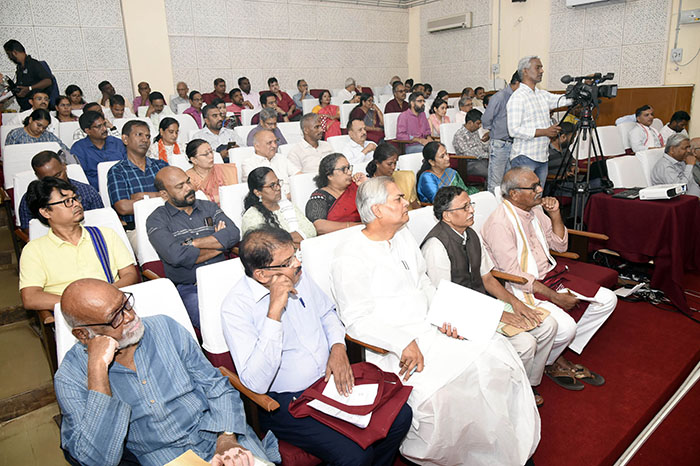
Pointing out that the origin of the language, growth, research, building, office, staff, resource persons and all other necessary infrastructure are the yardsticks for granting classical status to any language, he said that every house in an Arunachal Pradesh village has preserved ancient manuscripts. However the residents of the village do not have the knowledge to publish them, he added.
Prof. Shrinivasa Varakhedi (Vice-Chancellor, Central Sanskrit University, New Delhi) began his speech by appreciating CIIL for integrating classical languages in one arena through this conference. He mentioned that the system needs to adapt to accommodate the requirements of the modern-day mass rather than sticking to the traditional methods, a novel outlook on classical languages.
He stressed that classical languages should serve as object languages, not merely meta languages. He concluded that, with adequate public participation and funding, a rejuvenated interest in languages like Pali and Prakrit can be created.
In his presidential address, Prof. Shailendra Mohan, Director, CIIL, said that India is a treasure trove of linguistic and cultural richness that developed over thousands of years and manifested in the form of creative arts, works of literature, customs, traditions, linguistic expressions, artefacts, heritage sites and more.
He also emphasised the NEP-2020 recommendation on providing “prominence to language and culture that has been lost in recent years.”
He also highlighted the need for teaching-learning materials and modules on classical languages, understanding culture and connecting with other disciplines through a comparative methodology.
Prof. Mohan hoped the deliberations made at the conference would lead to a holistic re-development of classical languages.
In his vote of thanks, Dr. Pankaj Dwivedi, Assistant Director (Admin.), CIIL, expressed gratitude to all the dignitaries for their participation. He concluded by mentioning language as an indispensable tool in binding the nation together and addressing classical languages as a window to past wisdom.
Dr. L.R. Prem Kumar, conference coordinator, welcomed.
Veteran litterateur Dr. C.P. Krishnakumar (CPK), Centre’s Planning Director N.M. Talwar, Prof. Shivaram Shetty, Dr. Radhamani and others were present on the occasion.
Manteswamy, the first cultural leader of lower strata of society
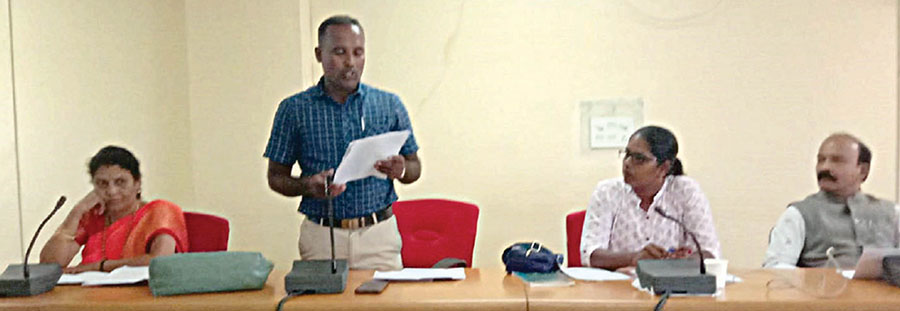
Centre of Excellence for Classical Kannada Studies Co-researcher G.S. Sannaiah, who delivered a talk on the topic ‘Manteswamy Kavya Mattu Parampareya Vaishistyagalu’, at the first session of National Conference on Classical Languages of India, said while epics Ramayana and Mahabharata are Shistakavyas, Manteswamy Kavya is a Neelagaarara Kavya. This Kavya is representative of the cultural life of the lower strata of the society, he said adding that this is also projected as the Moukhika (oral) Mahakavya of the lower classes.
Sannaiah further said that Neelagars from Mysuru, Mandya, Ramnagar, Chamarajanagar and Bengaluru rural have kept this Mahakavya alive through folk songs.
Maintaining that Chikkallur, Boppegowdanapura and Kappadi temples find mention in Manteswamy Kavya, he said as such, the Kavya has many specialties. Manteswamy Kavya advocates equal society, individual freedom and the cultural turbulence of the oppressed classes.



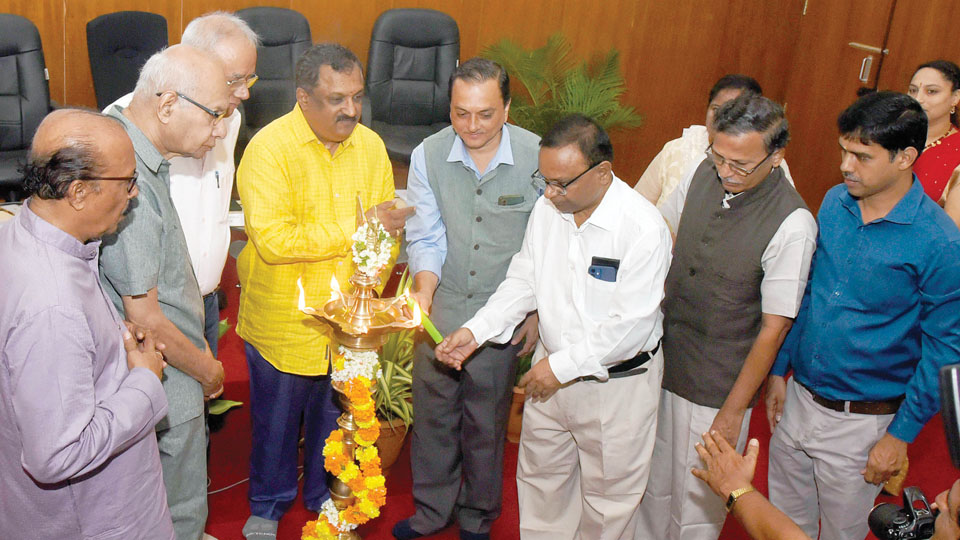
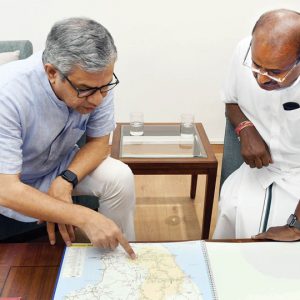
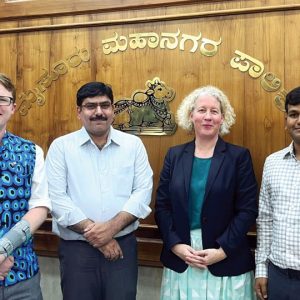
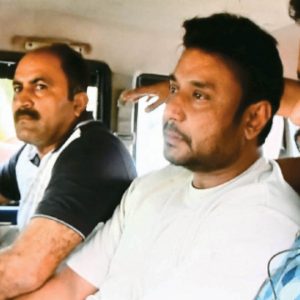

Recent Comments